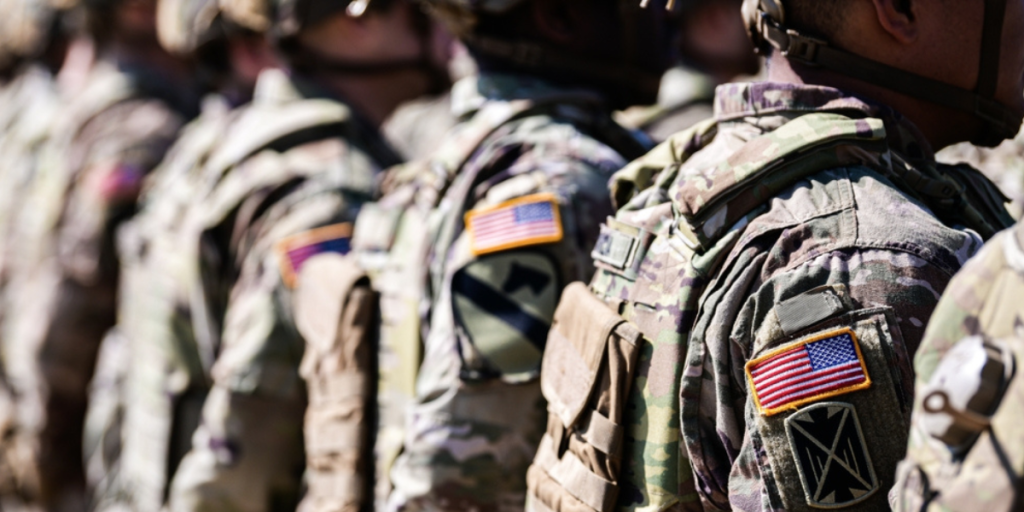Why the Marine Corps Lagged on Weapons Safeguards
Others are reading now
Why the Marine Corps Lagged on Weapons Safeguards
When Oversight Meets Delay in the Ranks

Military accountability often relies on timing. When a government audit exposes weaknesses, quick correction is expected — especially in areas as sensitive as weapons storage.
Yet, years after a federal report warned of poor ammunition safeguards across the armed forces, one branch stood apart in its inaction: the U.S. Marine Corps.
The case raises difficult questions about institutional responsiveness and the risks of letting small procedural delays pile up around systems designed to secure deadly materials.
The Long Wait for Compliance

According to Military Times, the Marine Corps only recently acted on a 2018 Government Accountability Office (GAO) report that found missiles, rockets, and other munitions were not adequately protected.
Also read
While the Army, Navy, Air Force, and the Department of Defense all updated their inspection systems within a few years, the Marine Corps took nearly seven years to issue new physical security protocols.
The GAO’s public record still lists the Marine Corps recommendation as “open” noting that repeated attempts to obtain progress updates from the Department of Defense in 2022 and 2023 went unanswered.
What the 2018 Report Found

In its original assessment, GAO investigators actually gave the Marines credit for stronger-than-required security fences and power backups for intrusion detection systems.
But they also uncovered gaps in documentation and oversight, including late or incomplete inspections at multiple armories. At two of six surveyed bases, records failed to show whether discovered deficiencies were ever fixed.
Officials had promised to clarify inspection standards by mid-2019, but the service’s Physical Security Program manual — last revised in 2009 — remained unchanged.
Also read
The new 2025 directive appears to be the long-delayed fulfillment of that pledge, finally setting firm accountability measures and a chain of reporting up to general-officer level.
Context, Consequences, and Missing Weapons

Military Times notes that other services moved faster: the Army added inspection-tracking software in 2019, the Navy updated safety checklists in 2020, and the Air Force modernized its records system around the same time. The Pentagon followed with a 2021 memo outlining how to conduct security inspections and implement corrective measures.
Meanwhile, public concern over lost or stolen weapons has grown. An Associated Press investigation found that between 2010 and 2019, at least 204 Marine Corps weapons, including firearms and grenade launchers, went missing — only 14 of which were recovered.
The new order, requiring formal correction reports within 90 days of any deficiency, may help prevent similar lapses, but the delay in implementation has already drawn scrutiny from both GAO auditors and Congress.
What We’ve Learned

The Marine Corps’ late action demonstrates how bureaucratic lag can undercut even well-intentioned safeguards.
Also read
Other branches responded to oversight years earlier, while the Marines’ follow-through languished on paper until new leadership forced change.
The episode shows how federal accountability mechanisms can highlight systemic issues but still depend on internal initiative to produce results.
The Cost of Complacency

Weapons security is not just a checklist — it’s a test of an institution’s discipline and transparency.
In an era when public trust in defense oversight is already strained, waiting seven years to fix a documented vulnerability risks more than misplaced ammunition. It challenges confidence in the military’s ability to police itself.
The Marine Corps’ recent reforms may finally close this chapter, but they also serve as a reminder: accountability delayed can quickly become accountability denied.
Also read
This article is made and published by August M, who may have used AI in the preparation


